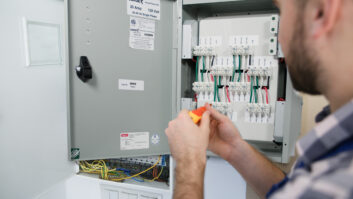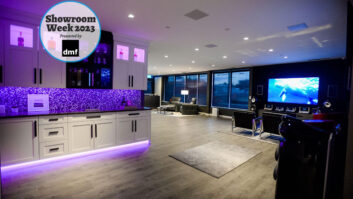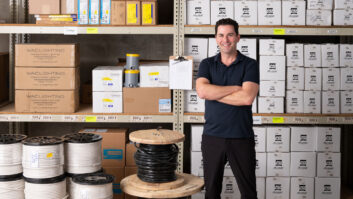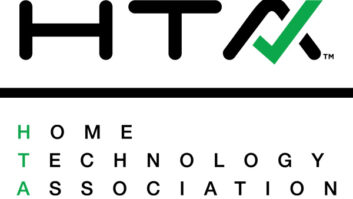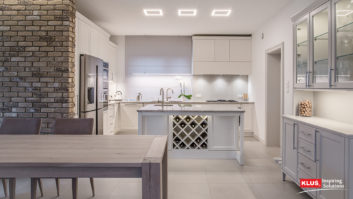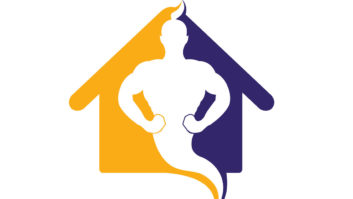It makes simple, perfect sense — today’s homes are built with tech in mind from the start, so it is imperative that a custom installer is involved from the very beginning. Now if we can only convince the builders, architects, interior designers, and so on…
Fortunately, we have made significant headway in raising awareness about our industry and its services — much of it due to outreach programs from industry evangelists such as the Home Technology Association (HTA). The HTA has fostered relationships with design and build associations such as the American Institute of Building Design (AIBD); Interior Design Society (IDS); American Society of Interior Designers (ASID), National Association of Home Builders (NAHB); National Association of the Remodeling Industry (NARI); and National Kitchen and Bath Association (NKBA) among others.
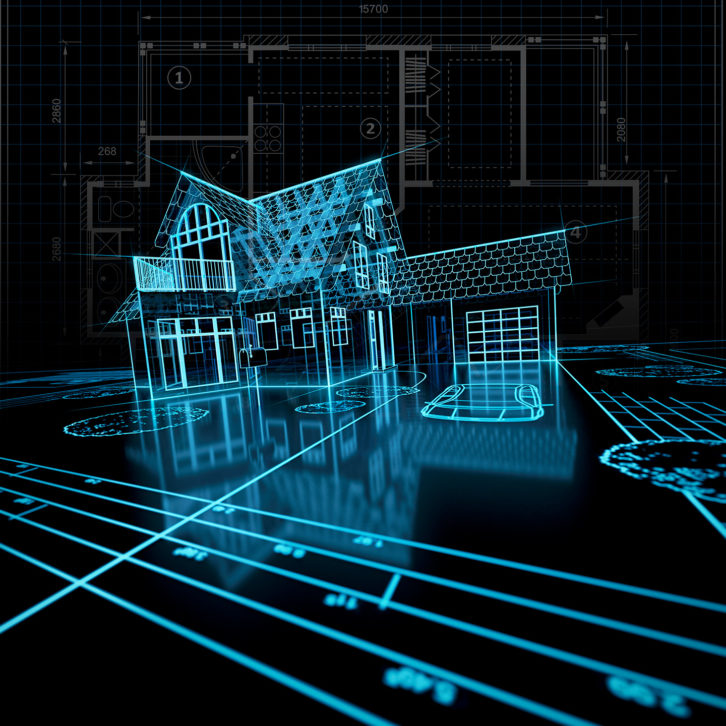
These relationships are not only good for HTA-certified members, but for the entire industry. “Our industry is not doing a good job of marketing to the trades. This is a known problem in our industry,” says Josh Christian, CEO of HTA. “When I reach out and introduce them to HTA, I say, ‘Your members are often having a hard time handling the technology aspects of the home,’ and they reply, ‘Yes, we know.’ I’m talking to the leadership of those associations, so it’s percolated up to the management that they are frustrated with technology.
“As a result, it’s been a fairly simple conversation for me to have to offer to help its members understand technology and to engage with it in a way that’s not frustrating, that serves their clients’ needs, and makes it easier for the members.”
Fear Factor
The problem runs deeper than just lack of awareness, however, as other tradespeople are reluctant to work with integrators due to them being perceived as more sales-oriented than client-oriented.
“When you meet a new builder or a new architect or designer, you get the feeling that you’re guilty until proven innocent,” says Christian. “That’s due to the fact that a percentage of this industry is not that professional, and it frustrates an architect, designer, or builder to talk to an integrator who doesn’t know how to read plans or how to create design and engineering documentation. And, unfortunately, the good companies out there get lumped in with these lesser firms.
“If I run into a cynic — an architect, designer, or builder, that’s like, ‘This industry is full of clowns’ — I tell them that is why the HTA exists, because we’ve gone out and found some great integrators that don’t just say they’re good —they’ve had to prove they’re good.”
The HTA helps its association partners in other ways as well, with a recent popular addition being the Project Technology Assessment form that a builder or designer can use to show clients the potential for tech in their homes from the earliest consultations.
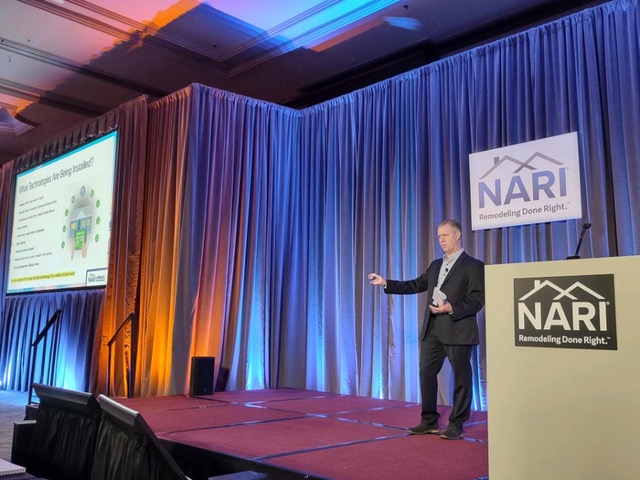
“One of the association’s chairmen asked for a cheat sheet that they could share with their clients that they could use to just check off the items they might be interested in,” says Christian. “And it’s such common sense that I was amazed I didn’t think of that. So, we came up with the Project Technology Assessment form and I released it at NAHB’s International Builder Show, where I was teaching. On the PowerPoint deck, I had a QR code and I said, ‘Scan this with your phones and you can download it,’ and every time I shared that QR code, all the phones came out. They really wanted this form.”
On the form, pre-wire is checked because every client needs it. There are two versions available: one that links to the HTA’s budget calculator and one that does not. “It depends on what the builder wants, because if it’s a high-end builder, they want that budget link calculator in there,” says Christian. “If it’s a lower-end, semi-custom home, the builder might be afraid of a client seeing what a high-end integrator is going to put in. That’s why I made two versions.”
For as much effort as Christian and the HTA put into creating awareness with these other trade associations, it won’t fully work without the direct involvement of integrators.
“We’re trying to get integrators to be active with the local chapters, because these national associations all have them,” says Christian. “That’s where they hire the boots on the ground. We’re creating an awareness, and it’s going take a while to get it fully out there, but the dealers need to go out there now and join the local chapter in their community and get to know these folks personally, because we could pave the road, but they’ve got to drive down it.”
Living the Dream
Trade relationships are not a problem for EOC Audio, an integrator in Lisle, IL, on the outskirts of Chicago. The company, formed in 2007 by James Galla, has a roster of around 60 trade professionals that they work with, with 20 of them active at any given time.
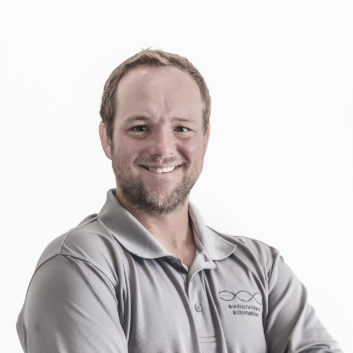
“We constantly look to partner with other trades,” says Galla, “whether it’s landscaping, contractors, interior designers, electrical firms, and so on, we really try to think outside the box when we’re trying to earn these relationships. I think a lot of our competitors get fixated on just one of those buckets. We try to cast a wide net to see who we can partner with.”
A big part of the plan involves Galla himself, who initializes contact with the other trades, sometimes with donuts in hand. It also helps that he speaks their language.
“I’ve been doing this since I was in high school,” he says. “This was my first and only job — working with my hands for the first 10 years of it — and I was able to communicate with builders on their level. A lot of people tend to talk over them.”
For EOC Audio, it wasn’t awareness that was the issue — even back in the beginning. “I think they knew we existed,” says Galla. “I don’t think they saw the value in it, which was the biggest hurdle for us. Especially when you keep in mind that, when we were starting in 2007, you had to spend a lot of time reeducating clients who had the house they built in the late ’90s with the nonfunctioning automation system. You had to start from scratch and explain to them that things are different. But I think getting clients to see the value has been an easier endeavor for us now.”
Nurturing the Relationship
With EOC firmly embedded in the area’s building and design communities, the question becomes, “How do they maintain these relationships?” Extreme flexibility plays a big role, according to Galla.
“We probably have 30 different builder plans,” he says. “Every one of these builders wants to treat their project differently; some want to be involved, some just hand us the client’s name, some want the billing to go through them, some want the billing to go directly to the client, some want a little bit of a markup… We are completely flexible, which can be a unique challenge, but we have an excellent staff. Our people, our admins, our technicians — they’ve all bought into these plans. They’re flexible and understand what it takes to earn and maintain these relationships, which is critical.
“We are not worried about making money on any one specific job,” continues Galla. “We are in the client acquisition business. We want to earn as many clients as we possibly can — whether it’s builders or end-users — make them happy, earn their referrals, and do the right thing. I’ve always thought if we did that, then everything else will take care of itself.”
That appears to be the case, with about 50 percent of the company’s jobs coming through builders, designers, and other trades, and 100 percent of those homeowners becoming EOC clients. Plus, there is an additional benefit to having builders as partners.
“Builders are the Angie’s List of their communities,” says Galla. “He’s got 20 friends in his community who know he’s a respected home builder who ask him, ‘Hey, who do you use for this? Who’s your roofing contractor? Who’s your electrician? Who’s your low-voltage guy?’ These builders in the communities are valuable not for just the homes they build, but for them helping to build your reputation in the community.”
The Positive Side of the Supply Chain
Having such great relationships with builders surely means that EOC Audio gets brought in at the earliest stage, right? Historically, that has been tough, but that is all changing thanks to the lingering supply chain issues.
“It’s benefited us on the builder side, because builders are getting us involved in the process way earlier,” says Galla. “We have builders telling their clients, ‘You need to make these deposits months in advance, so EOC can purchase material and have it available when you’re moving into your house in June.’ Our backlog of work into 2023 and 2024 has never been greater, and the amount of builders and clients we’re working with who are in the permit phase of building their home has never been higher. People understand that if they have a time deadline and a budget that they want to stick to — because pricing is so erratic right now — that they need to buy today.
“Now we’re meeting these clients at the permit phase and we have the ability to talk about the different things we can do, get them to see value in it earlier on in the process, and be a part of the budget instead of an afterthought. We see this more than ever, so in some ways it has actually been a blessing for us.”
The Importance of Little Things
EOC Audio is a prime example of the kind of integration company that other trades want to do business with. Beyond its flexibility, Galla offers one other bit of advice for pleasing builders and end-users alike. “The separation from good companies to great companies lies in the little things,” he says. “Do the little things perfectly, be humble, do what you say you’re going to do, show up on time, and do the right thing.
“Earning and maintaining relationships is an absolute challenge in 2022. The expectation that people have for how they are treated has never been higher. And I think we do an awesome job rising to that challenge.”

